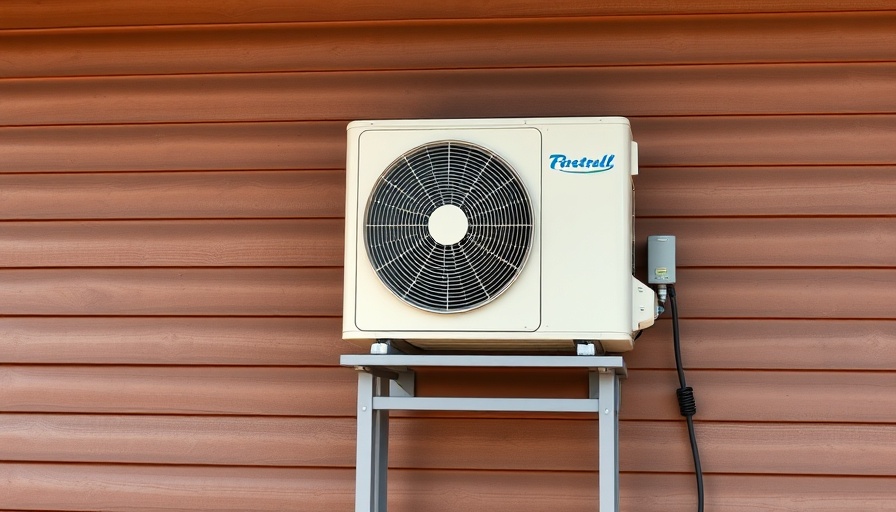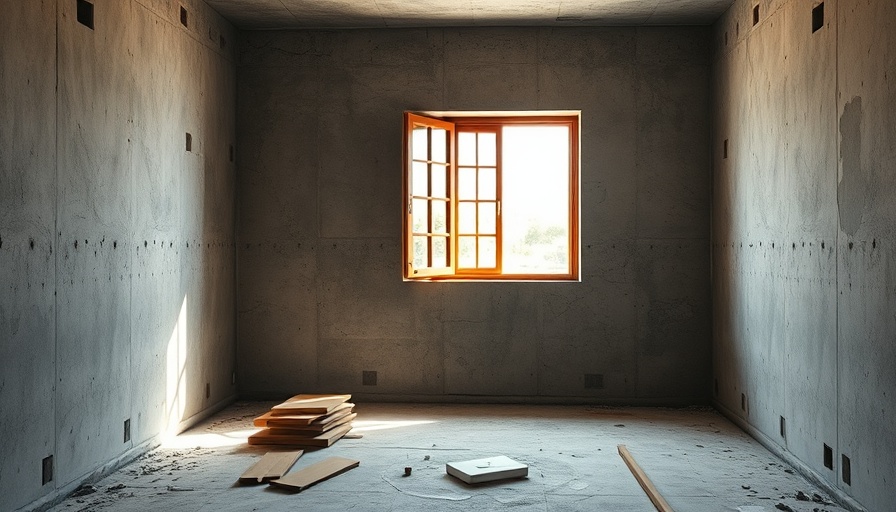
Understanding Steel Building Insulation: A Vital Choice for Your Project
When constructing steel buildings, insulation often takes a backseat in discussions, despite its crucial role in enhancing energy efficiency, comfort, and longevity. With varied choices available, the right insulation can significantly influence the building's durability and operational costs.
Key Insights into Insulation Types
From fiberglass to spray foam, selecting the right insulation involves understanding the unique properties of each type. For instance, R-value is a critical measure of thermal resistance that indicates how well the insulation can keep heat from escaping or entering the building. Higher R-values denote greater thermal resistance.
The most popular insulation types include:
- Spray Foam Insulation: It provides excellent sealing properties but can be controversial due to potential moisture issues. When applied properly, it expands to fill gaps and creates a strong barrier against air leaks.
- Fiberglass Insulation: A traditional choice that is budget-friendly and efficient, fiberglass batts are easy to install. They can absorb sound and reduce oscillations but require careful installation to avoid moisture issues.
- Double Bubble Foil Insulation: While not technically an insulation type, its reflective properties help in controlling radiant heat gain, making it an effective vapor barrier and an excellent choice for humid climates.
Insights from the Community: What Others Are Saying
Online discussions among steel building owners reveal a wealth of practical experiences regarding insulation choices. Users frequently debate the value of double bubble foil versus traditional materials like fiberglass. Insights from the The Garage Journal suggest that while double bubble can serve as a vapor barrier, many users find it lacks the thermal efficiency of materials like fiberglass. Others recommend using rigid foam boards, which provide an effective thermal break and can be affixed easily to steel walls.
Future Trends in Steel Building Insulation
As awareness of sustainable practices increases, more builders and owners are opting for environmentally friendly insulation solutions. Innovations in natural fiber insulations are gaining traction, and the recycling of materials for insulation applications could change the landscape of building practices in coming years. This shift not only contributes to energy savings but also aligns with broader environmental goals.
Final Thoughts: Making Your Choice
Choosing the right insulation for your steel building is pivotal. It's essential to consider both immediate needs and long-term benefits in terms of energy efficiency and comfort. Additionally, consulting with an expert can help identify the best solutions tailored to your specific project goals. With the right insulation choice, your steel building can be a sustainable, comfortable, and energy-efficient structure.
 Add Row
Add Row  Add
Add 




Write A Comment